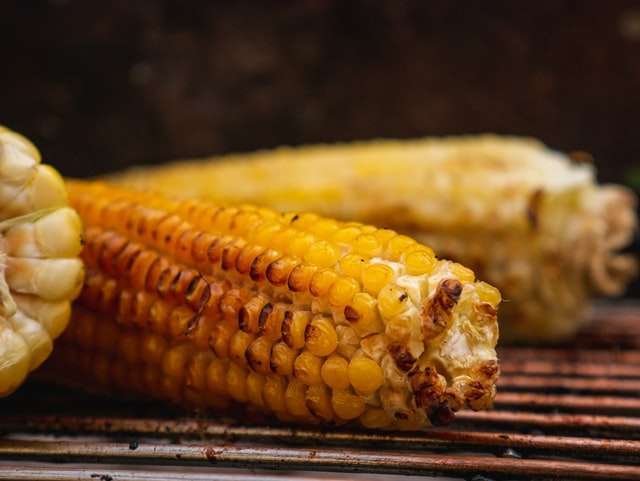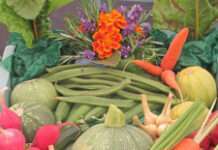K-State’s Blakeslee says washing hands is an important part of preparing food
MANHATTAN, Kan. – It’s almost summer…do you know where your food thermometer and ice chest are?
Those are, after all, some pretty important items for one of summer’s favorite activities: outdoor grilling. Kansas State University food scientist Karen Blakeslee said knowing some basic food safety principles will help to keep the party fun for all.
“When it comes to food safety, the No. 1 thing to start with in any kind of cooking situation is washing your hands,” Blakeslee said. “It’s your first line of defense against foodborne bacteria.”
Handwashing is as simple as wetting the hands, rubbing them together with soap for 20 seconds and rinsing them thoroughly.
“It’s so easy to do and by now all of us should really be good at it with everything we have been through the past year,” Blakeslee said.
Other steps to promote food safety, according to Blakeslee, include:
• Clean counters and other prep areas as you go. Clean up drips, especially from raw meat.
• Rinse the outside of fresh fruits and vegetables with clean, running water, rubbing the food gently with your hands. As one example, a watermelon may have dirt on the outside that could be transferred by a knife to the flesh when cutting it open. Bacteria washes, produce washes and bleach are not recommended for rinsing fruit and vegetables.
• Meat should not be rinsed before cooking. Rinsing can lead to splattering water with meat juice to your ready-to-eat food counters and cabinets.
Also, Blakeslee said, wash hands anytime you are moving from one food to another, which helps avoid cross-contamination.
Three additional food safety steps include:
• Separate. Keep raw meat on one plate, and cooked meat on a separate plate. Also, keep raw meat away from ready-to-eat foods, such as salad and fruit.
• Cook. If bacteria is present on meat, it can survive unless the meat is properly cooked. Use a food thermometer to keep your food safe to eat. Steaks, roasts, chops and fish should be cooked to an internal temperature of 145 degrees F; ground meats (including beef, pork and lamb) should be cooked to 160 F; and all poultry products should be cooked to 165 F.
“Watching those temperatures is not just for food safety, but it can also be a good quality indicator, too,” Blakeslee said. “It will ensure that you’re not over-cooking your food.”
• Chill. As outdoor temperatures get warmer, it becomes even more important to keep food chilled. “A good rule of thumb is to get food back in the refrigerator or ice chest within two hours,” Blakeslee said. “If it’s over 90 degrees outside, you want to cut that back to one hour because your food is going to heat up pretty quickly when it’s left out at ambient temperature.”
As for the grill itself, Blakeslee urges homeowner to give it a good cleaning before the first cookout of the season. That includes scraping the grate with a stiff brush, or using approved cleaners. Clean out the grease pan or residual grease on the bottom of the grill. Check connection points on a gas grill to avoid gas leaks.
“And you want to find a spot in your backyard that is away from your house, not too close to it because the residual heat from the grill could damage the siding on your house,” Blakeslee said. “I’ve seen a hot grill melt vinyl siding.”
Never grill in a garage, even if it’s raining. The smoke from the grill could cause carbon monoxide poisoning.
More food safety tips are available online from K-State Research and Extension.
FOR PRINT PUBLICATIONS: Links used in this article
Four Steps to Food Safety, www.foodsafety.gov/keep-food-safe/4-steps-to-food-safety
K-State Research and Extension food safety, www.ksre.k-state.edu/foodsafety
K State Research and Extension is a short name for the Kansas State University Agricultural Experiment Station and Cooperative Extension Service, a program designed to generate and distribute useful knowledge for the well being of Kansans. Supported by county, state, federal and private funds, the program has county extension offices, experiment fields, area extension offices and regional research centers statewide. Its headquarters is on the K State campus in Manhattan. For more information, visit www.ksre.ksu.edu. K-State Research and Extension is an equal opportunity provider and employer.
Story by:
Pat Melgares
785-532-1160
[email protected]
For more information:
Karen Blakeslee
785-532-1673
[email protected]




